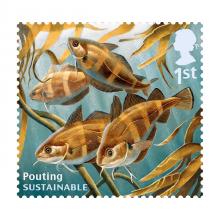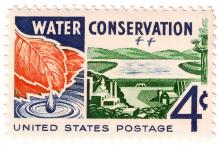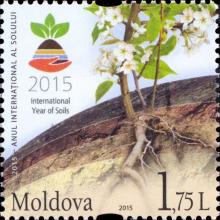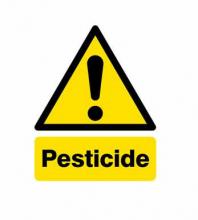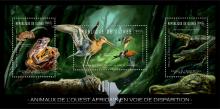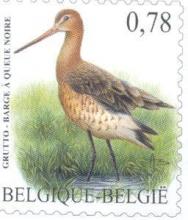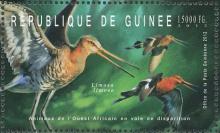Pestizid-Studie: Die Fische sind doppelt belastet
«Schlimmer als befürchtet» , nennt der Schweizerische Fischerei-Verband SFV die Pestizid-Belastung der Schweizer Gewässer. Besonders alarmierend ist, dass die Fische gleich doppelt belastet sind: Durch die Dezimierung der Nahrung und durch den vergifteten Lebensraum.

